Pioneers, Healers, Cultural Guardians
From Cordillera batok to Manila studios, Filipinas have carried ink as heritage, resistance, and empowerment.
Tattooing in the Philippines has never just been about fashion. Women have long been artists, culture bearers, and rebels in ink—even if history didn’t always recognize them.
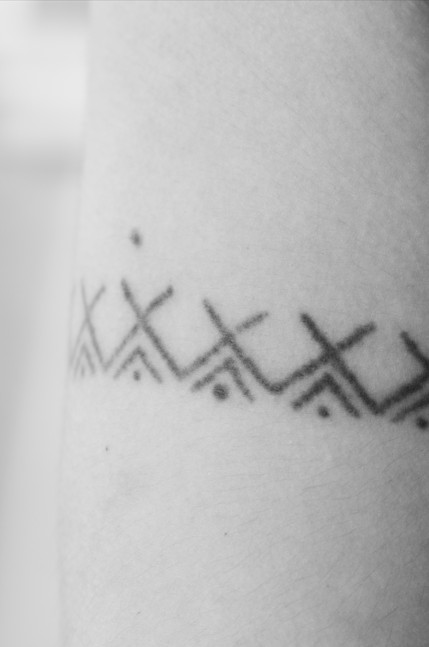
Ancestral Roots: Women of the Cordillera
Apo Whang-Od: The Last Mambabatok
In Buscalan, Kalinga, Apo Whang-Od continues the thousand-year tradition of batok—ink tapped into skin with thorn and soot. Trained as a teenager by her father, she became the first woman mambabatok, once marking warriors and women with symbols of beauty and strength. Today, she draws travelers from around the world seeking not just tattoos but connection to heritage. In 2023, she appeared on the cover of Vogue Philippines, embodying cultural survival and resilience.
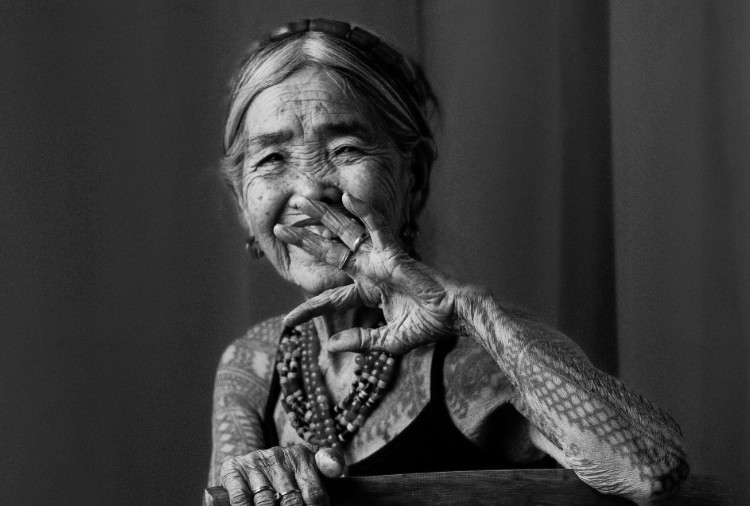
The Next Generation
Whang-Od’s apprentices, young Kalinga women, now carry the tradition forward. For them, tattooing is not commerce but stewardship—an art of community and spirit.
Filipina Rebels and Storytellers
Tattooed Women of the Lowlands
During the Spanish era, women with tattoos were branded as immoral. Yet many wore them quietly as acts of defiance, keeping alive stories of survival, journeys, and devotion against colonial expectations.
From Manila’s Ink Scene to All-Female Studios
Today, women are no longer hidden in tattoo culture. In Quezon City, studios like Crimson River Tattoo and Siningtinta thrive as sanctuaries led by Filipinas—spaces where design, mentorship, and feminist community erase the macho stereotype of the “tattoo shop.”
Modern Filipino Tattooing
Gigie “Gigie Bear” Santiago
Founder of Crimson River Tattoo, Gigie built an all-women studio in Quezon City during the pandemic, turning friendship and survival into a powerhouse of artistry and sisterhood.
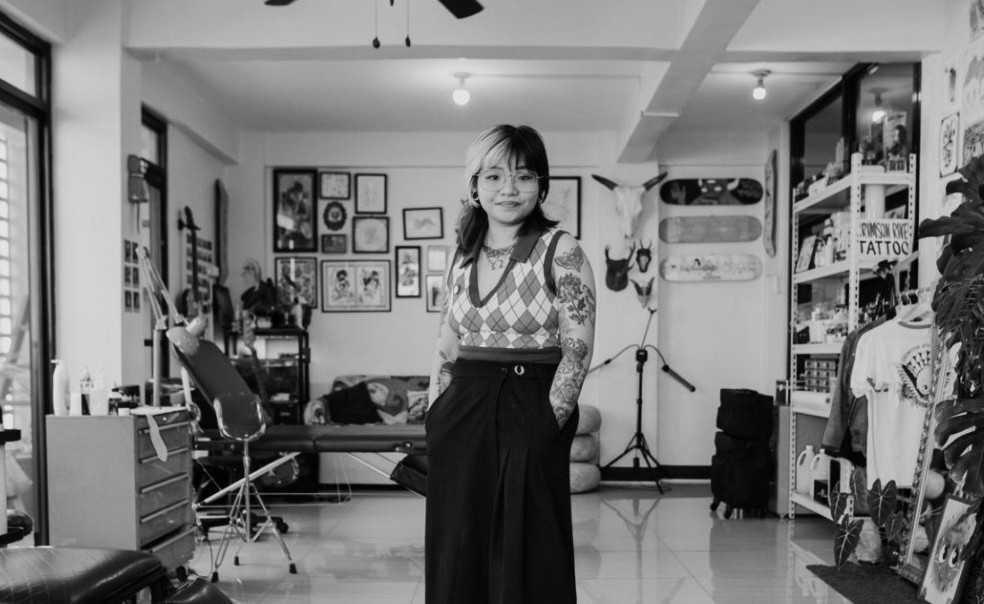
Eloise of Siningtinta
What started as a student’s impulse in Maginhawa became Siningtinta—a hub that merges tattooing with art exhibits, writings, and handmade goods. Eloise and her fellow artists prove studios can be both creative sanctuaries and community centers.
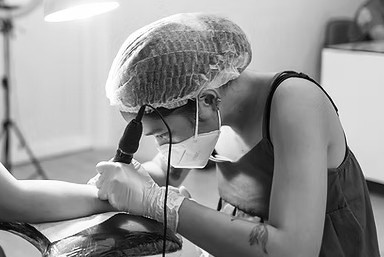
Younger Generations
A wave of Filipina tattooists is reimagining style—blending handpoke with baybayin, indigenous motifs, feminist messages, and deeply personal storytelling.
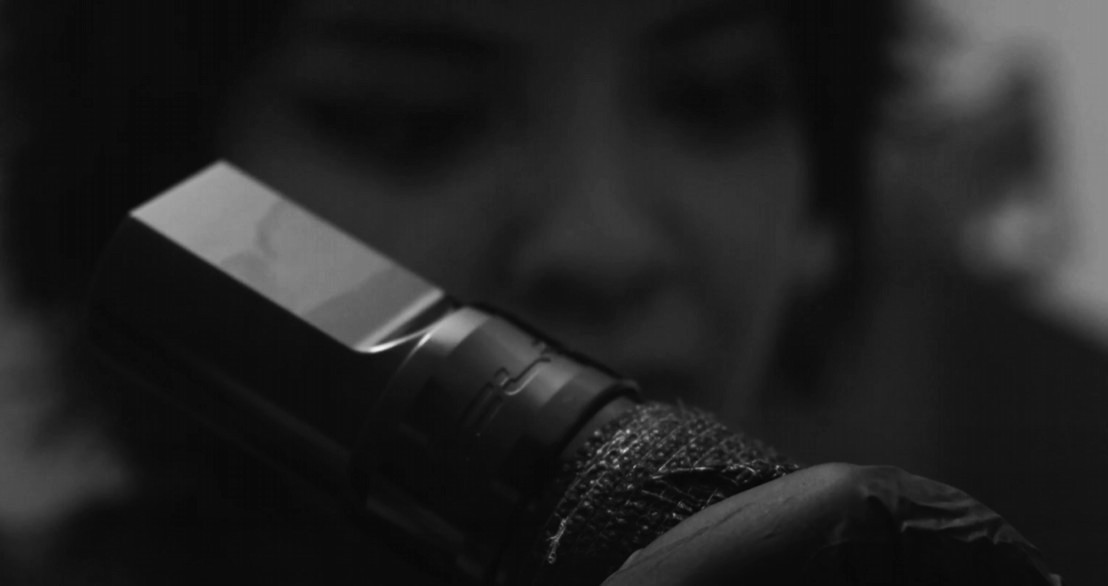
Beyond the Needle: Cultural Shifts
Women are not just tattooists—they’re also the largest group of new clients. From call center agents to entrepreneurs, Filipinas mark milestones, heal wounds, or simply express themselves through ink. The stigma lingers, especially in conservative families and professional workplaces, but every visible tattoo challenges the bias that ink is rebellion rather than artistry.
The Future is Inked and Filipina
The story of tattooing in the Philippines is incomplete without women. From Whang-Od’s thorn tapping in Buscalan to feminist studios in Manila, to everyday women wearing their ink proudly, Filipinas are shaping the past, present, and future of tattooing.
Their tattoos are living archives of identity, resistance, and self-love. And as more Filipinas pick up the tattoo machine—or choose to display their tattoos without apology—the culture grows richer, more inclusive, and more visionary.
Professionalism isn’t skin-deep. Let the ink tell its story.[2] https://www.siningtinta.com/localartists-eloise
[3] https://vogue.ph/magazine/apo-whang-od/
